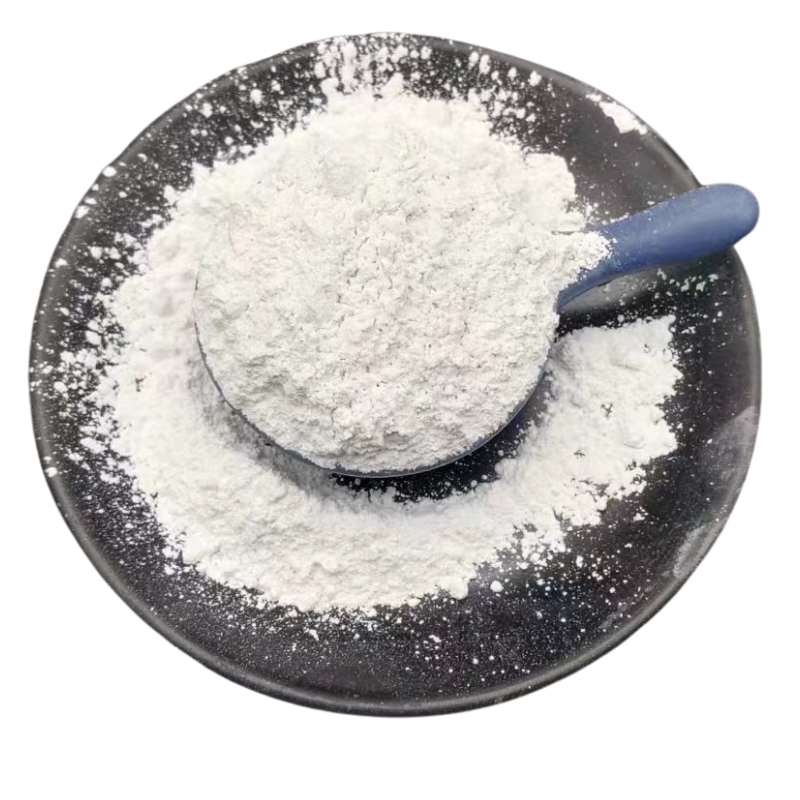
Exploring the Efficacy of Activated Charcoal in Water Purification Processes and Treatment Methods
Activated Charcoal in Water Treatment A Comprehensive Overview
Activated charcoal, also known as activated carbon, has emerged as one of the most effective materials in the water treatment industry. Its unique properties make it an ideal candidate for removing a variety of contaminants from water. This article explores the principles of activated charcoal, its applications in water treatment, and the benefits it offers over other filtration methods.
Activated charcoal is produced from carbon-rich materials like wood, coal, or coconut shells, which are subjected to high temperatures in an oxygen-deprived environment. This process creates a porous structure with an extensive surface area, typically exceeding 1,000 square meters per gram. Such a structure enhances its ability to adsorb impurities, thereby making it invaluable in treating water.
One of the primary mechanisms by which activated charcoal purifies water is adsorption. Unlike absorption, where a substance is soaked up, adsorption occurs when impurities adhere to the surface of the charcoal. This process is highly effective for removing various contaminants, including chlorine, volatile organic compounds (VOCs), and certain heavy metals. Additionally, activated charcoal can capture odors and tastes, improving the overall quality of drinking water.
In municipal water treatment facilities, activated charcoal is commonly used in the form of granular activated carbon (GAC). GAC filters are installed to reduce the presence of harmful substances and improve the taste and smell of the water being supplied to households. In cases where surface water is treated, activated charcoal can be particularly advantageous due to its ability to remove pesticides, pharmaceuticals, and other trace contaminants that may affect public health.
activated charcoal used in water treatment

Beyond municipal water treatment, activated charcoal is increasingly being adopted in residential applications. Home filtration systems equipped with activated charcoal filters have gained popularity among consumers seeking cleaner and healthier drinking water. These systems are often easy to use, requiring minimal installation and maintenance, making them accessible to a broad audience.
Moreover, activated charcoal’s versatility extends to specialized water treatment applications, including wastewater management and aquaculture. In these settings, activated charcoal is employed to mitigate pollutants, enhance the growth of aquatic life, and ensure the safe disposal of effluents. Its ability to bind to toxins and facilitate their removal is invaluable in protecting both the environment and human health.
A significant advantage of activated charcoal is that it is a sustainable option for water treatment. As environmental concerns grow, the demand for eco-friendly filtering methods increases. Activated charcoal can be regenerated and reused multiple times, which reduces waste and saves costs. Additionally, many activated carbon products are derived from renewable resources such as coconut shells, making them an appealing choice for environmentally conscious consumers and industries.
However, while activated charcoal is effective in many applications, it is essential to recognize its limitations. Notably, it is not effective against all contaminants, particularly dissolved minerals like fluoride and nitrates. Therefore, it is often used in conjunction with other treatment methods, such as reverse osmosis or ion exchange, to achieve comprehensive purification results.
In conclusion, activated charcoal plays a vital role in modern water treatment systems. Its unique properties, combined with its effectiveness in removing a myriad of pollutants, make it a preferred choice in both industrial and residential contexts. As water quality continues to be a pressing global issue, the use of activated charcoal in water treatment will likely expand, paving the way for innovative solutions to ensure access to safe and clean drinking water for all.
Share
-
Premium Pigment Supplier Custom Solutions & Bulk OrdersNewsMay.30,2025
-
Top China Slag Fly Ash Manufacturer OEM Factory SolutionsNewsMay.30,2025
-
Natural Lava Rock & Pumice for Landscaping Durable Volcanic SolutionsNewsMay.30,2025
-
Custom Micro Silica Fume Powder Manufacturers High-Purity SolutionsNewsMay.29,2025
-
Custom Mica Powder Pigment Manufacturers Vibrant Colors & Bulk OrdersNewsMay.29,2025
-
Custom Micro Silica Fume Powder Manufacturers Premium QualityNewsMay.29,2025






